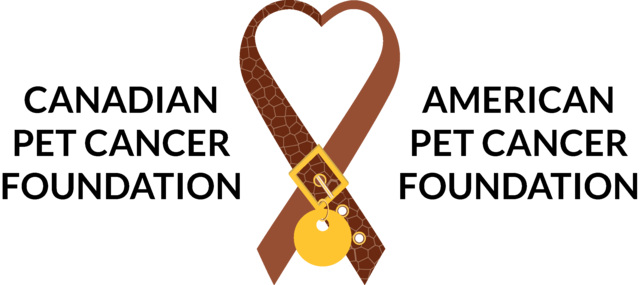- Nutrition for Cats
- Overview: feeding tips for healthier cats
- What nutrients does my cat need?
- Balanced diets and cancer prevention in cats
- What Causes Feline Obesity?
OVERVIEW: FEEDING TIPS FOR HEALTHIER CATS
- Age – At birth and up to five weeks old, the kitten will get all the required nutrients from the mother’s milk. After weaning and up to six months, kittens need more food per pound of body weight and may have to eat more frequently to ensure healthy growth. Once the cat becomes an adult (one year to six years), feeding once or twice a day is appropriate in most cases. You can continue the same feeding pattern in senior cats (seven years and above) unless your vet suggests otherwise.
- Weight – Weight is an important indicator of whether there should be any change to your cat’s diet. For instance, a lean cat requires more calories to achieve and maintain a healthy weight. If your cat is overweight or obese, you feed it according to its ideal weight, not its actual weight.
- Activity level – Activity level considers your cat’s overall lifestyle and energy expenditure during the day. Kittens are naturally more active and playful, requiring about twice as many calories per body weight as adult cats. For less active adult cats, you can feed them a diet with fewer calories than a diet for an active and energetic cat.
- Pregnant or nursing cats – Your pregnant cat’s food consumption varies because she requires an increased supply of calories that can be approximately two to three times higher than her regular diet. Food should be readily available for a pregnant or nursing cat. Feeding more often or having food available all the time is ideal.
- Wet (canned) food or dry food – While dry food may have a slightly higher carbohydrate content, both canned and dry foods are nutritionally complete. The main difference between the two forms is the water content, where canned food has a higher moisture level. Lack of water in dry food may lead to poor digestion. In contrast, the high-water content in canned food can prevent dehydration, kidney disease, diabetes, and lower urinary tract disease. You can consult your vet to make feeding decisions regarding wet or dry food.
Understanding your cat’s risk factors and how diet can influence their chances of developing cancer are great steps towards providing a healthy and happy life for your pet. Discuss with your vet what diet is most appropriate for your cat and how to maintain a healthy lifestyle for your furry friend, so you can enjoy each other’s company for years to come.

The Pet Cancer Foundation’s Website Editorial team is comprised of veterinarians, veterinary oncologists, and veterinary technicians, as well as scientific writers and editors who have attained their PhD’s in the life sciences, along with general editors and research assistants. All content found in this section goes through an extensive process with multiple review stages, to ensure this extended resource provides pet families with the most up-to-date information publicly available.
The team listing of those contributing to the information on this page is here:
Keep Your Pets Healthy Editorial Team
Last Updated: October 11, 2022
The Pet Cancer Foundation’s medical resource for pet owners is protected by copyright.
For reprint requests, please see our Content Usage Policy.

The Pet Cancer Foundation’s Medical Illustration team is comprised of medical illustration specialists and graphic designers that work in consultation with our team of experts to create the medical art found throughout our website. Though not all medical concepts require the assistance of imagery, when a page does contain a medical illustration, credit to the artist and our medical art director will be noted here.
The Pet Cancer Foundation’s medical imagery is protected by copyright and cannot be used without prior approval that includes a mutually signed licensing agreement. Please review our Content Usage Policy.
The following sources were referenced to write the content on this page:
Bertone, ER, Snyder, LA & Moore AS 2003, ‘Environmental and lifestyle risk factors for oral squamous cell carcinoma in domestic cats’, J Vet Intern Med, vol. 17, no. 4, pp. 557-562.
Fontaine, E 2012, ‘Food intake and nutrition during pregnancy, lactation and weaning in the dam and offspring’, Reprod Domest Anim, vol. 47 Suppl 6, no. Suppl 6, pp. 326-330.
Malandain, E 2006, ‘Nutrition and reproduction in bitches and queens. 5th Biannual Congress, European Veterinary Society for Small Animal Reproduction (EVSSAR). Budapest, Hungary’, 7–9 Apr, pp. 180–184.
Wichert, B, Signer, M & Uebelhart, D 2012, ‘Cats during gestation and lactation fed with canned food ad libitum: energy and protein intake, development of body weight and body composition’, J Anim Physiol Anim Nutr (Berl), vol. 96, no. 6, pp. 1003-1011.
The Pet Cancer Foundation’s medical resource for pet owners is protected by copyright.
For reprint requests, please see our Content Usage Policy.
